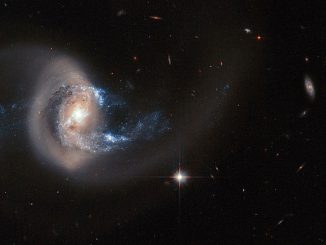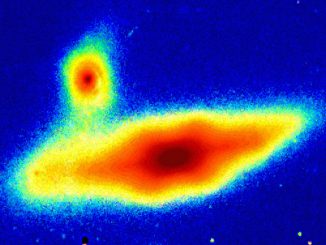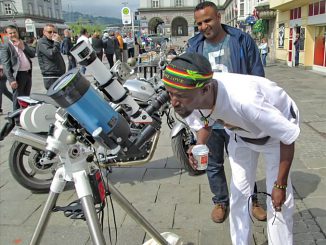
Astronomers release spectacular infrared survey of the distant universe
Astronomers today (28 June) released spectacular new infrared images of the distant universe, providing the deepest view ever obtained over a large area of sky. The release of the Ultra-Deep Survey (UDS) represents the culmination of a project using the 3.8-metre United Kingdom Infrared Telescope (UKIRT) on Hawaii, building up more than 1,000 hours of exposure time.









